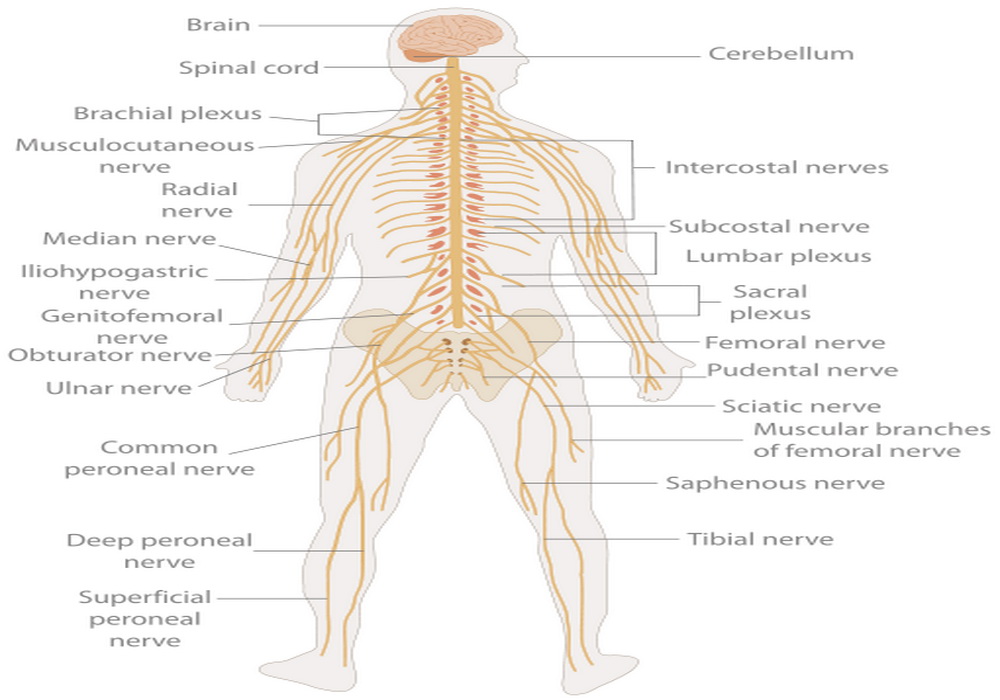
A complex network: The Nervous System
The nervous system comprises the brain, the spinal cord, the sensory organs and all the nerves that connect these three parts to other areas of our body. The nervous system is basically a network. The peripheral nervous system (PNS) consists of all the nerves that collect information from the inside and the outside. The brain and the spinal cord, which are known as central nervous system (CNS), are the ones that receive messages from the PNS and lead and organize the network by gathering all the information that they get. Once gathered, the CNS issues a response and sends it back to the right receiver.
- Important notification about information and brand names used in this slideshow!
- Photo courtesy of The Emirr by Wikimedia Commons : en.wikipedia.org/wiki/File:TE-Nervous_system_diagram.svg
- kidshealth.org/parent/general/body_basics/brain_nervous_system.html
- http://www.innerbody.com/image/nervov.html#full-description

Neurons: The building blocks of the nervous system
The neurons are the cells that form the connexions that build up the nervous system. There are different types of neurons, with different shapes and sizes, but most of them share a common structure: they have a cell body with prolongations, known as dendrites, and a long tail, known as axon. When a message is sent through the nervous system it travels in the form of an electric current. It is transported from one neuron to another through connexions between the axon of a cell and the dendrite of another. Glial cells are also a very important part of the nervous system; they protect and take care of the neurons.
- Important notification about information and brand names used in this slideshow!
- Photo courtesy of Ton Haex by Flickr : www.flickr.com/photos/zjootsuite/2357302721/
- www.bris.ac.uk/synaptic/basics/basics-1.html
- http://www.neuron.yale.edu/neuron/what_is_neuron
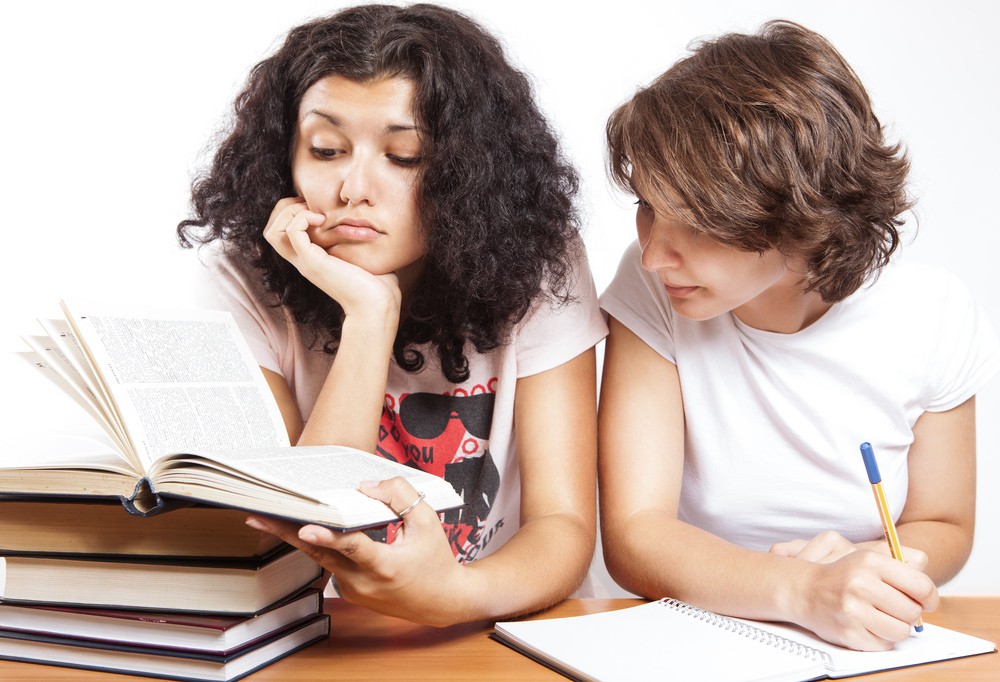
First you learn, then you remember
Do you remember the first time you fell off your bike? I am sure that after that painful episode, you managed to ride it perfectly. How does information like this is stored in our brains? How do we learn and remember? The learning and memory processes are closely related. When we learn, we acquire new knowledge; that knowledge is then stored as a memory that we can use hours, days or years later. Basically, neurons modify or strengthen their connexions in order to fixate new data. Memory is a more complex process to explain, but it also has to do with electric signals produced in certain areas of the brain that allow stored information to be available for us to use.
- Important notification about information and brand names used in this slideshow!
- Photo courtesy of CollegeDegrees360 by Flickr : www.flickr.com/photos/83633410@N07/7658268052/
- www.brainfacts.org/sensing-thinking-behaving/learning-and-memory/articles/2012/memory-from-one-patient-to-a-breakthrough/
- https://apa.org/topics/learning/index.aspx

Two sides of the coin: Pleasure and pain
Certain brain networks specialize in codifying pleasant and painful sensations. Despite of being considered opposite feelings, they are actually controlled by the same brain systems, which rely on brain chemicals known as opioids and dopamine. Pleasure and pain have to do with rewards and punishments that will be either achieved or avoided. Which one would you prefer? Your survival instincts will definitely go for the first one, and in our brain, both feelings are constantly competing. An example of this is when someone takes drugs: first, there is always a pleasant sensation, but then, feelings of pain appear, and they can vary in intensity, depending on the drug and the amount taken.
- Important notification about information and brand names used in this slideshow!
- Photo courtesy of Leo Hidalgo by Flickr : www.flickr.com/photos/ileohidalgo/9383587231/
- LEKNES, S. & TRACEY, I. 2008. A common neurobiology for pain and pleasure. Nat Rev Neurosci, 9, 314-20.
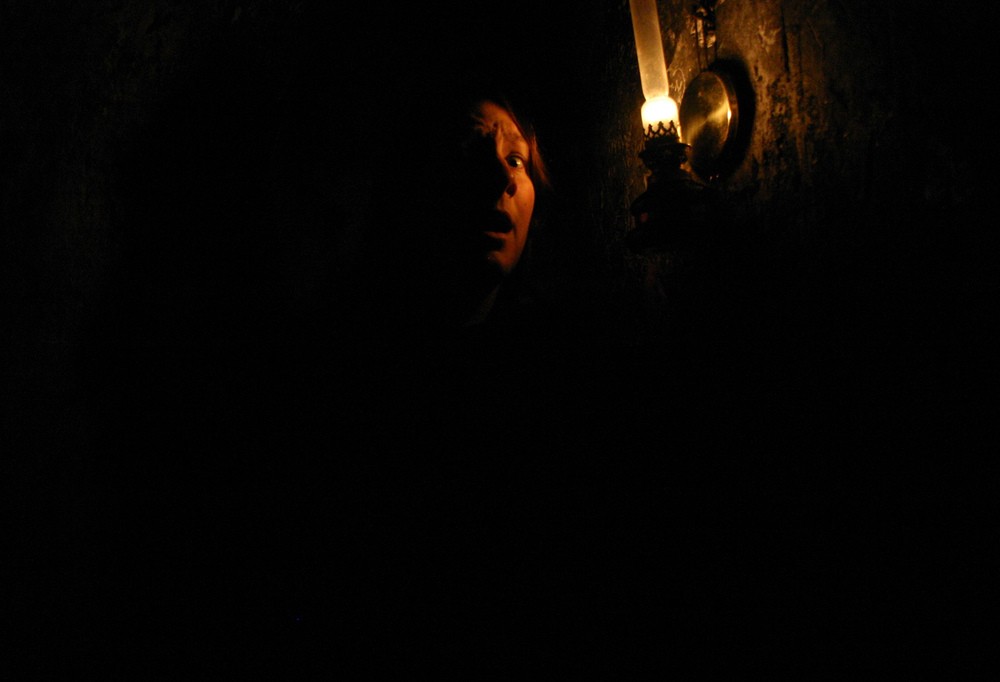
“Fight or flight”: How fear is controlled
What does your body do when you are walking through a dark alley, alone and in the middle of the night? Your heart rate and breathing start racing, you sweat, you have a strange sensation in your stomach and you get the goose bumps. All of these are reactions related to fear. Fear is one of the most important emotions because it keeps us alert and safe. The fear center is located in a brain structure called amygdala. Whenever you feel in danger, this center is rapidly activated and starts to prepare to fight against the threat, or to run, in case the threat is not easy to defeat.
- Important notification about information and brand names used in this slideshow!
- Photo courtesy of klndonnelly by Flickr : www.flickr.com/photos/genvessel/138173504/
- kidshealth.org/teen/your_mind/mental_health/phobias.html
- http://www.fearexhibit.org/brain/full_body_experience

Feeling hungry?
The brain has to make sure that there is enough energy for us to continue with our daily activities. It makes sure we eat enough nutrients by activating the feeling of hunger. It is quite a complicated system, actually, as it begins with a signal sent by the stomach, using a hormone called ghrelin. The message then gets to the hunger center, in the hypothalamus, which in turn makes you feel hungry. But we can’t eat forever, though. The hypothalamus also sends a signal to let us know that we are full. This signal is controlled by the release of different substances produced in the gastrointestinal tract and the adipose tissue.
- Important notification about information and brand names used in this slideshow!
- Photo courtesy of George Groutas by Flickr : www.flickr.com/photos/jorge-11/2513265554/
- www.hellolife.net/eating-healthy/b/the-role-of-the-hypothalamus-in-hunger/
- NASLUND, E. & HELLSTROM, P. M. 2007. Appetite signaling: from gut peptides and enteric nerves to brain. Physiol Behav, 92, 256-62.

The meaning of words
I am sure you have heard dogs communicating by barking; or birds warbling or cows mooing. What makes us different from them is that we can exchange information using a system of symbols known as language. There are two important parts of the brain that are involved in the recognition of language: the Broca’s and the Wernicke’s areas. These two are connected by a set of neurons known as arcuate fasciculus. Patients with damage to Broca’s area loose the ability to articulate words, but they can understand language. On the other hand, damage to the Wernicke’s area causes loss of the ability to understand language and patients speak with no sense at all.
- Important notification about information and brand names used in this slideshow!
- Photo courtesy of David Goehring by Flickr : www.flickr.com/photos/carbonnyc/2731811061/
- faculty.washington.edu/chudler/lang.html

Every move you make...
The primary motor cortex is the main part involved in body movement. It is located right in the middle of the brain, and it is connected to other areas that help it coordinate muscle movement. Motor neurons are specialized neurons in charge of taking the signals from the brain to the muscle. There, the signal activates a very complex system that ends in muscle contraction. Movement is not as simple as it sounds. The brain not only has to control what and when we move, but it also has to determine how fast or how strong the movement needs to be.

Mind and Consciousness
Being aware of what is happening around us is known as consciousness. It also has to do with recognizing oneself and ones behaviors. When we are asleep we loose consciousness of our exterior, but we can be conscious of our dreams. Physiologically, many brain structures participate in keeping us conscious. However, it is not easy to say how consciousness is built, as it can be seen from many perspectives, including a philosophical one. It is even difficult for clinicians sometimes to determine whether someone is conscious or not, for example, when facing a case of brain death.
- Important notification about information and brand names used in this slideshow!
- Photo courtesy of Esparta Palma by Flickr : www.flickr.com/photos/esparta/1584333702/
- GREENFIELD, S. 2002. Mind, brain and consciousness. Br J Psychiatry, 181, 91-3.
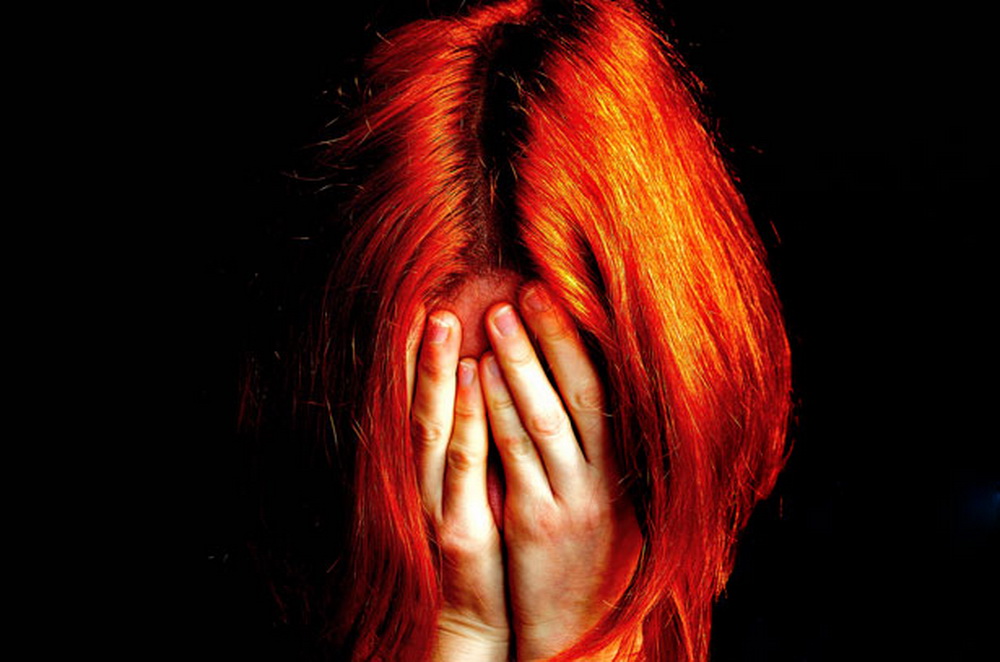
Feeling blue
Sadness can come after loosing a loved one or after failing an exam. When we are sad, we have a sense of despair; we loose our appetite and even feel like crying. All this happens in normal brain conditions. However, when this state reaches a depressive state, everything changes. Being depressed is like being numbed: you basically don’t feel a thing and loose interest in anything or anyone. Depression is caused by an imbalance of two main brain chemicals: norepinephrine and serotonin. If not treated, it can have severe consequences, including death. Antidepressants fix the balance of brain chemicals and keep patients away from this state.
- Important notification about information and brand names used in this slideshow!
- Photo courtesy of George Hodan by Public Domain Pictures : www.publicdomainpictures.net/view-image.php?image=19964&
- picture=head-in-her-hands
- www.neumann.edu/life/counseling/mental_health/depression/sadness_depression.htm








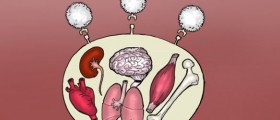

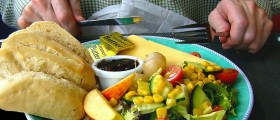


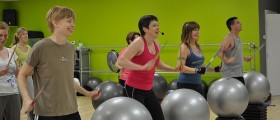




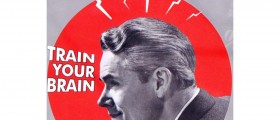



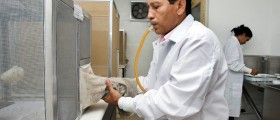
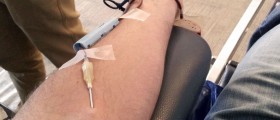



Your thoughts on this
Loading...